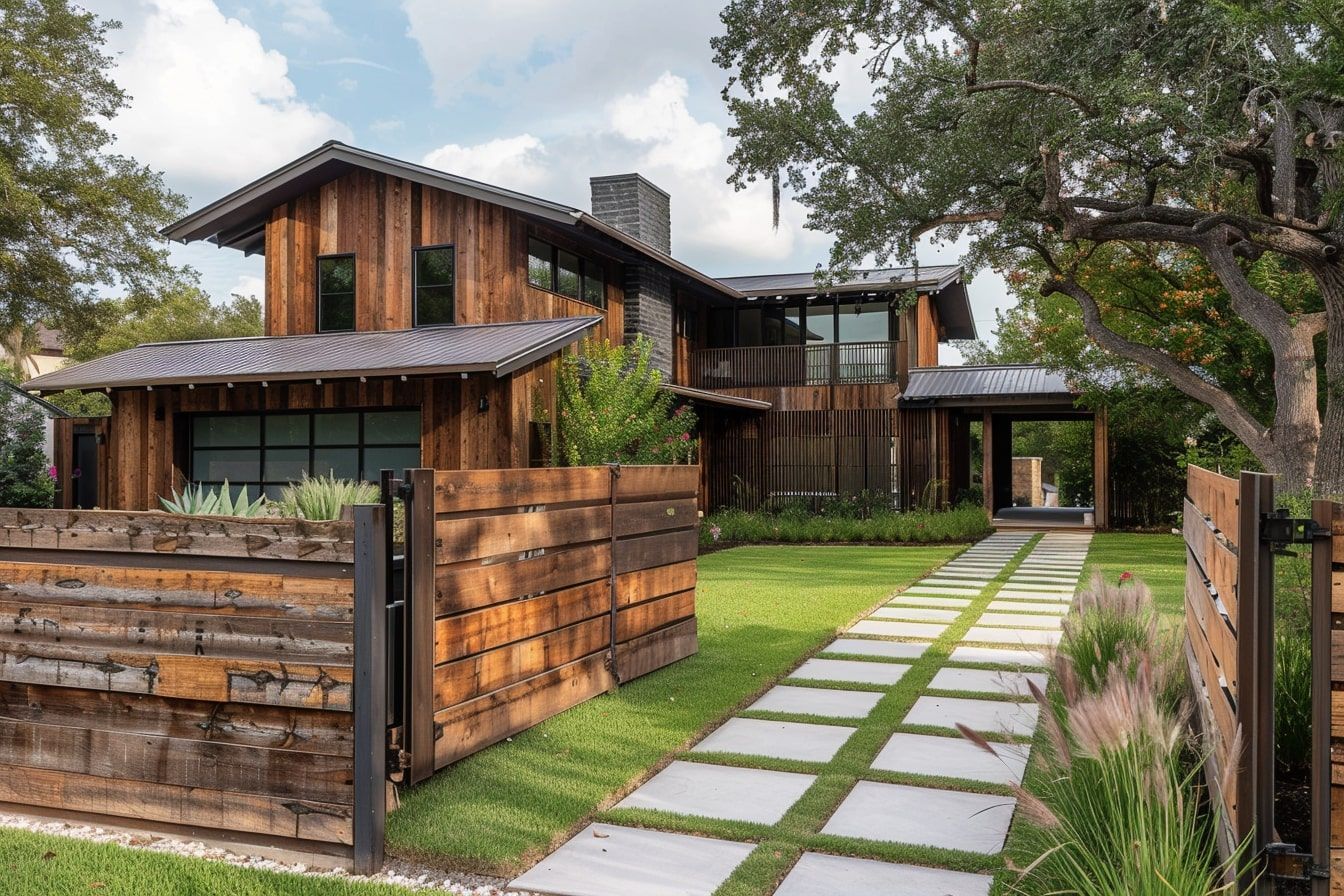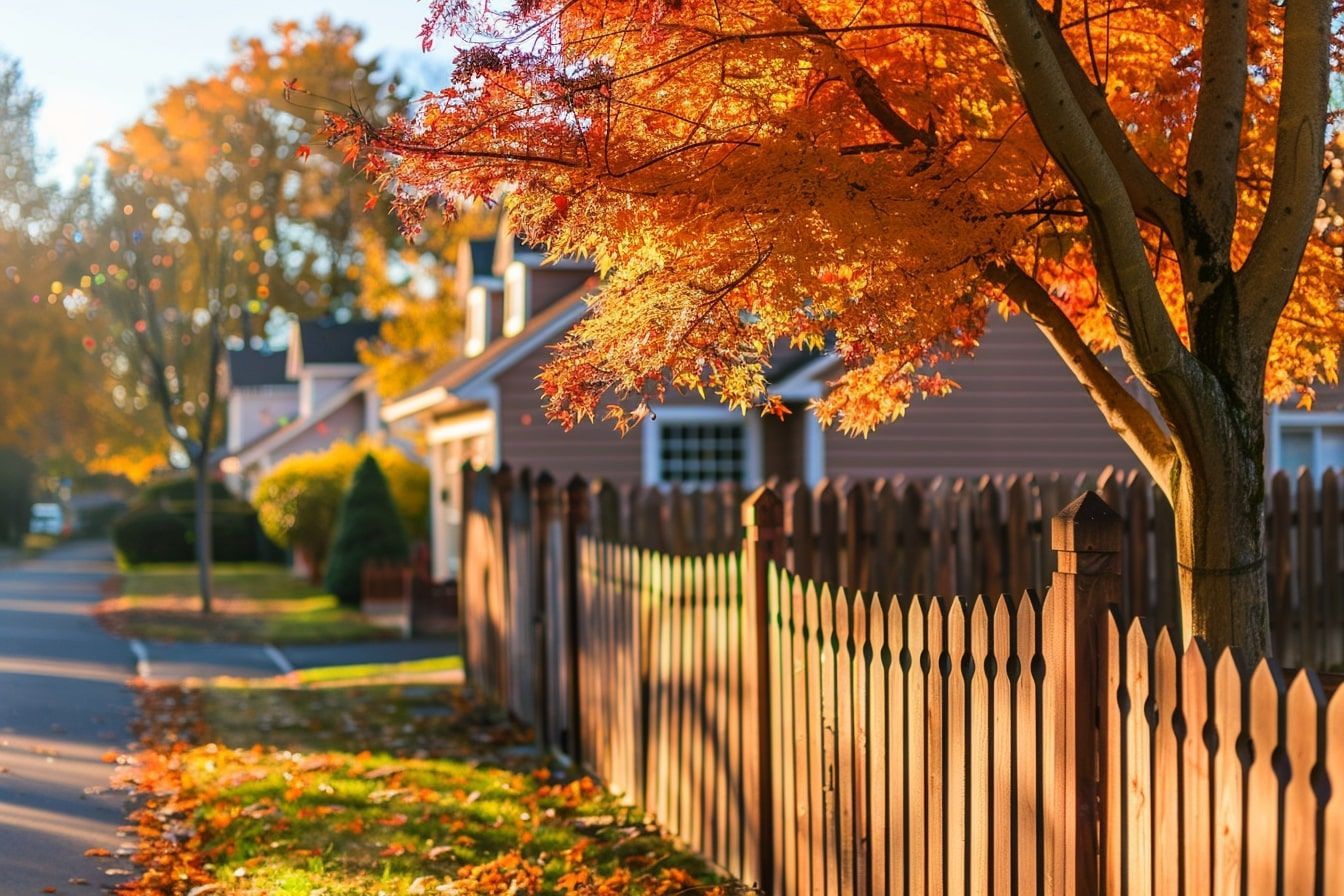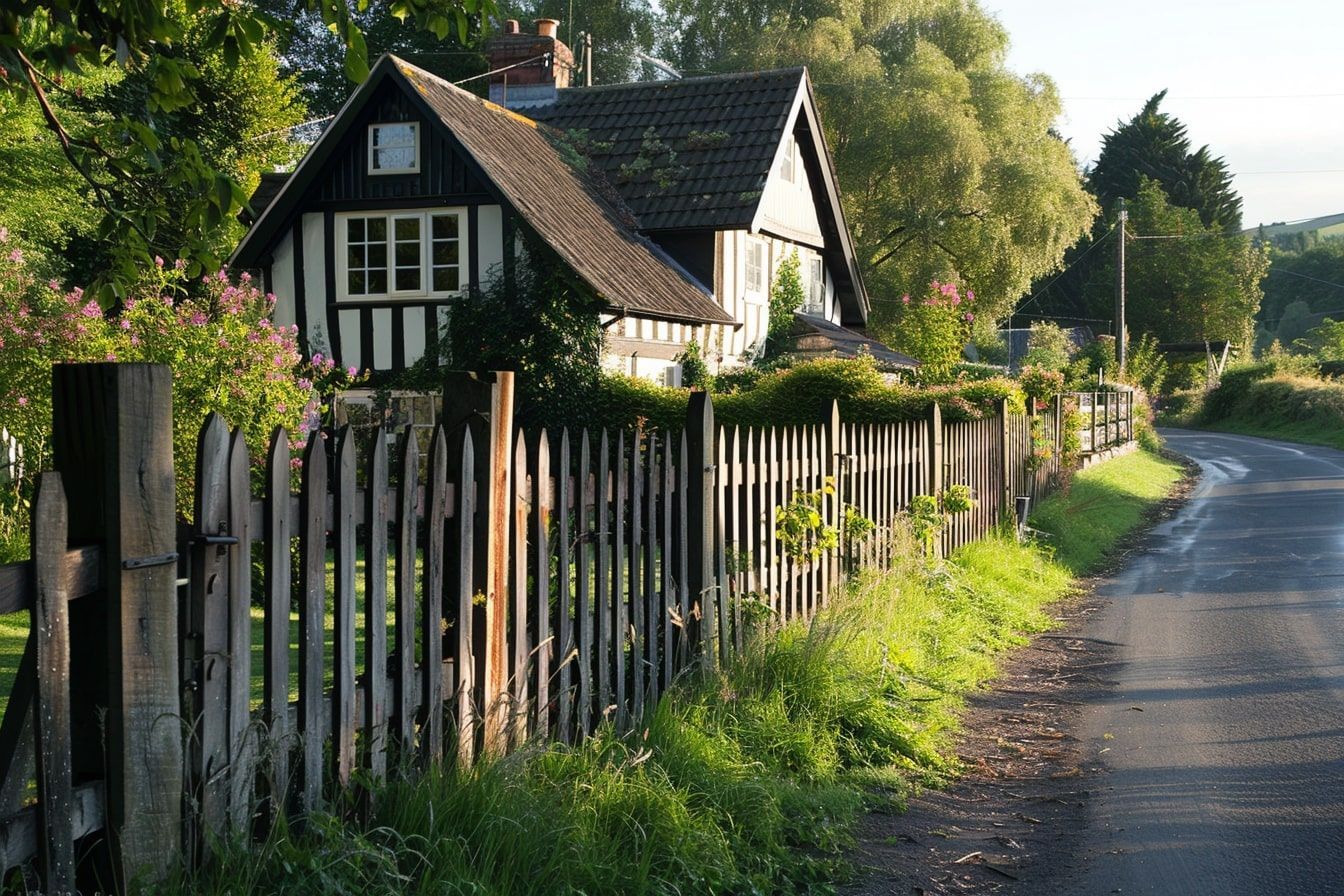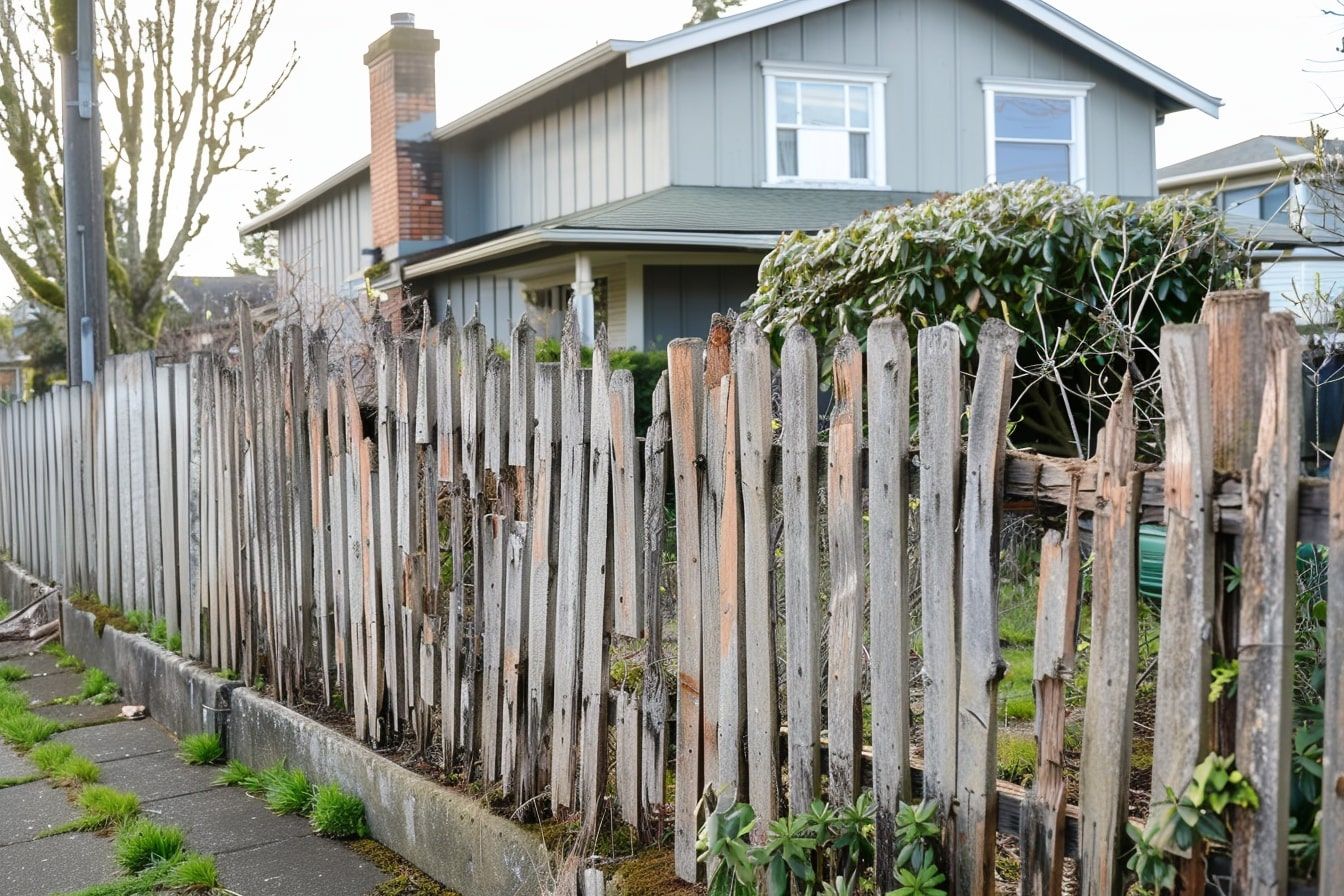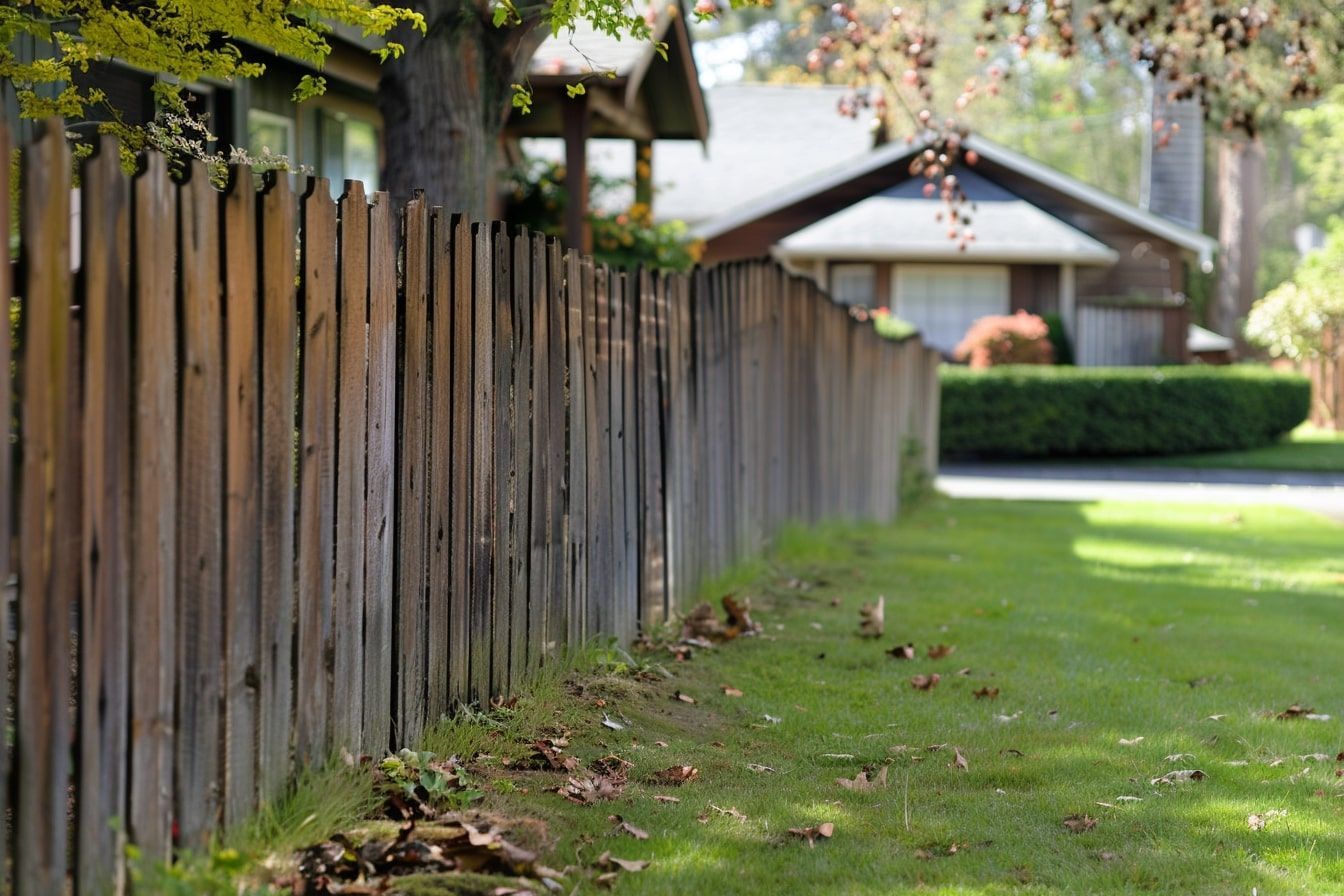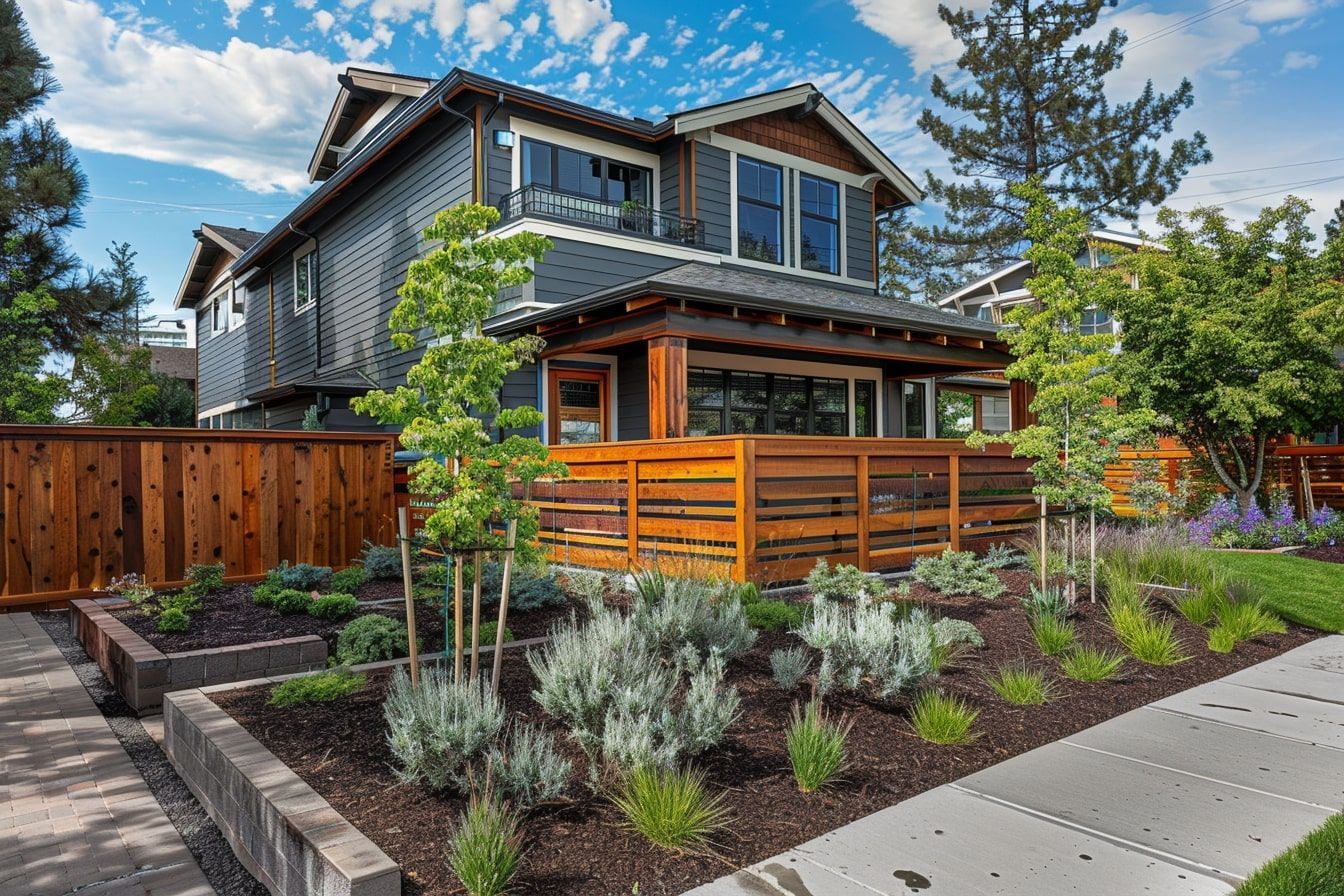Budgeting for Your Fence: Wood vs. Alternative Materials
Are You Budgeting for a Fence? Here’s What You Need to Know About Wood vs. Alternative Materials
When planning to install a fence, a common question arises: How much will it cost? Budgeting is crucial to ensure you get the best value without compromising on quality or aesthetics. In this article, we delve into the costs associated with wood fences compared to alternative materials, helping you plan your project effectively and make an informed decision.
Understanding the Costs of Wood Fences
Initial Purchase Price
Wood fences are a classic choice that offers timeless beauty and natural appeal. Here’s a breakdown of the initial purchase price:
- Material Costs : The type of wood significantly affects the price. Cedar and redwood are more expensive than pine.
- Installation Costs : Wood fences typically have higher installation costs due to the labor-intensive process.
Maintenance and Longevity
While wood fences may have a higher initial cost, maintenance is an ongoing expense.
- Maintenance Costs : Regular staining, sealing, and repairs can add up over time.
- Lifespan : With proper care, a wood fence can last 15-20 years, but neglect can drastically reduce its lifespan.
Pros and Cons of Wood Fences
Advantages
- Aesthetic Appeal : Wood fences provide a natural, warm look that enhances any property.
- Customizability : Easily customizable with paint or stain to match your landscape.
Disadvantages
- Maintenance Requirements : Requires regular upkeep to prevent rot, pests, and weather damage.
- Cost Over Time : Ongoing maintenance can make wood fences more expensive in the long run.
Exploring Alternative Materials
Vinyl Fences
Vinyl fences are a popular alternative to wood due to their durability and low maintenance.
- Initial Costs : Higher upfront cost compared to wood.
- Maintenance Costs : Minimal, as vinyl is resistant to pests, rot, and weather damage.
- Lifespan : Can last 20-30 years with little maintenance.
Metal Fences
Metal fences, including aluminum and steel, offer a modern look and exceptional durability.
- Initial Costs : Generally more expensive than wood and vinyl.
- Maintenance Costs : Low, with occasional cleaning and rust prevention for steel.
- Lifespan : Can last 30-50 years, making them a long-term investment.
Composite Fences
Composite fences combine wood fibers and plastic, providing the look of wood without the maintenance.
- Initial Costs : Higher than wood, similar to vinyl.
- Maintenance Costs : Low, requiring only occasional cleaning.
- Lifespan : Can last 25-30 years with minimal upkeep.
Comparing Costs: Wood vs. Alternative Materials
Upfront Investment
| Material | Initial Cost | Maintenance Cost | Lifespan |
|---|---|---|---|
| Wood | Moderate | High | 15-20 years |
| Vinyl | High | Low | 20-30 years |
| Metal | High | Low | 30-50 years |
| Composite | High | Low | 25-30 years |
Long-Term Value
Considering both initial and ongoing costs, alternative materials like vinyl, metal, and composite may offer better long-term value despite a higher upfront investment.
Factors to Consider When Choosing Your Fence Material
Climate and Environment
The climate can significantly impact the longevity and maintenance needs of your fence.
- Humid Climates : Wood fences may be prone to rot and pests.
- Dry Climates : Wood may crack, while vinyl and composite remain unaffected.
Aesthetic Preferences
Your choice may ultimately come down to personal preference and how well the material complements your property.
- Wood : Offers a natural, classic look.
- Vinyl and Composite : Available in various colors and styles, mimicking wood without the upkeep.
- Metal : Provides a sleek, modern appearance.
Budget Constraints
Evaluate your budget not only for the initial installation but also for long-term maintenance and potential replacement costs.
Conclusion
Choosing the right fence material involves balancing initial costs, maintenance, lifespan, and aesthetic appeal. While wood fences offer timeless beauty, alternative materials like vinyl, metal, and composite provide durability and low maintenance. By understanding these factors, you can make an informed decision that fits your budget and meets your needs.
For more detailed information and to get a free quote for your fencing project, visit our website at RS Fence Installations. If you’re in Macomb or Oakland Counties, contact us today and let us help you choose the perfect fence for your property!
External Resources
- For more detailed instructions on installing a wood fence, visit Lowe’s Installation Guide.
- To explore various wood fence design ideas, check out HGTV’s Wood Fence Design Gallery.
- Learn about the environmental benefits of wood fences at The American Forest Foundation.
The post Budgeting for Your Fence: Wood vs. Alternative Materials appeared first on RS Fence Installations.
